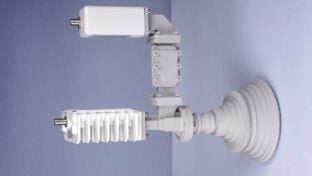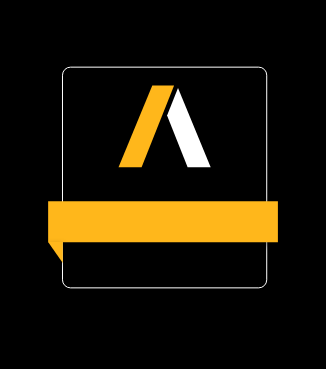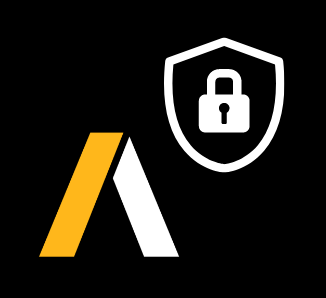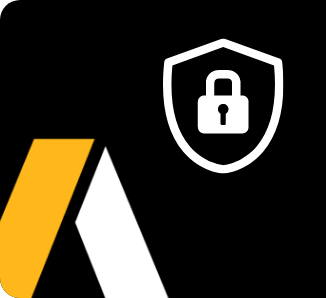
This course covers the comprehensive understanding of microwave networks and the scattering matrix. It starts with the basic concepts of impedance, equivalent voltages and currents, and N-port microwave networks. It then moves on to the representations of impedance, admittance, and scattering matrix. The course also discusses reciprocal and lossless networks and the transmission matrix. Practical examples like calculating power in a coaxial transmission line and defining equivalent voltages and currents for individual modes are also included. The course then delves into the scattering matrix representation of microwave networks, explaining why the impedance or admittance matrix is not convenient at microwave frequency. It introduces the concept of scattering parameters and their measurement using network analyzers. The course concludes with an in-depth analysis of S-Parameters and their properties in a 3 port network, introducing the concept of a circulator, a non-reciprocal device, and its clockwise and counterclockwise circulation.
This course has been developed by Dr. Ratnajit Bhattacharjee from IIT Guwahati for NPTEL. It is now accessible through Ansys Innovation Space courtesy of the partnership between Ansys and NPTEL, under the CC BY-SA license. For more details, visit https://nptel.ac.in/courses/108103141.
-
Cost: FREE
- Course Duration: 2-4 HOURS
- Skill Level: Beginner
- Skills Gained: Microwave networks, scattering matrix, scattering parameters and their measurement
No reviews available for this learning resource.









